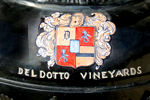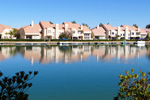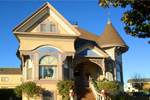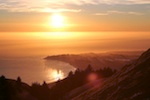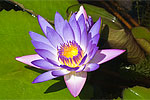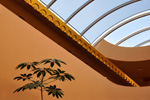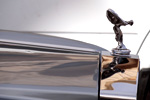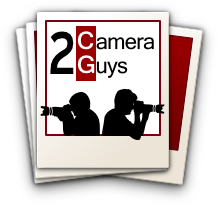Best Camera under $200
- Shootout
- Panasonic DMC SZ1
- Sony DSC WX50
- Nikon Coolpix S6300
- Canon A4000 IS
FOURTH PLACE
Canon PowerShot A4000 IS
Canon PowerShot A4000 IS
If you are looking for the best camera under $200, the Canon PowerShot A4000 IS is definitely not it. The A4000 IS offers up what we're used to seeing in budget point-and-shoot cameras: it's a plain, unimpressive camera that produces average images with some color issues. It's not winning any prizes when it comes to picture quality, and it doesn't have any fancy features that will make you want to ditch your smartphone's camera.
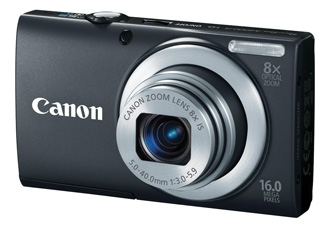 |
What Works:
- Bright LCD is good for use in direct sunlight
- Convenient help button takes you directly to the built-in manual
- Great macro/close up shots
- Has Auto button to quickly take you back to Auto mode
- Has Help button for on-screen information
What Doesn't Work:
- Images are often soft-looking
- Details are often lost or blurry
- Dark areas have a lot of noise
- No panoramic mode
- Menus are a little confusing
A Look at the Canon PowerShot A4000 IS
Design
The Canon PowerShot A4000 IS has a pretty mediocre, budget-camera design. Our review model was blue, but it also comes in black, pink, red, and silver. It's one of the heavier cameras in the shootout, weighing in at 145 grams (with the battery and SD card installed). That's slightly heavier than an iPhone 4S, which weighs 140 grams.
The A4000 IS sports a soft, matte metal case with a brushed silver lens and a black plastic lens cap. On the back of the camera you'll find a large, 3-inch LCD screen that is actually the brightest screen in our shootout. This screen is so bright that you'll have no trouble taking photos even if you're standing in direct sunlight.
Though the A4000 IS looks like your typical budget camera -- a little bulky and clunky, and with little thought to brushed metal accents -- it's got a solid build. The buttons feel mostly sturdy, but they are a little stiff and therefore difficult to press. You can turn the A4000 IS on by hitting the power button on the top of the camera, or you can press the play button on the back. Hitting the play button will take you directly to your photo album (this is also a feature on the Sony WX50).
Picture Quality
In our picture tests, the A4000 IS produced consistently mediocre photos. The images all followed a fairly regular trend -- they were a little soft-looking (and, in some extreme cases, decidedly out-of-focus), with warm, reddish tones, and dark areas tended to have excess noise.
For example, in this test photo of a stuffed ghost on a black desk, the Canon softens the stuffed animal and produces a lot of noise in the darker parts of the photo. Compare this photo with the one from the Panasonic Lumix DMC-SZ1:
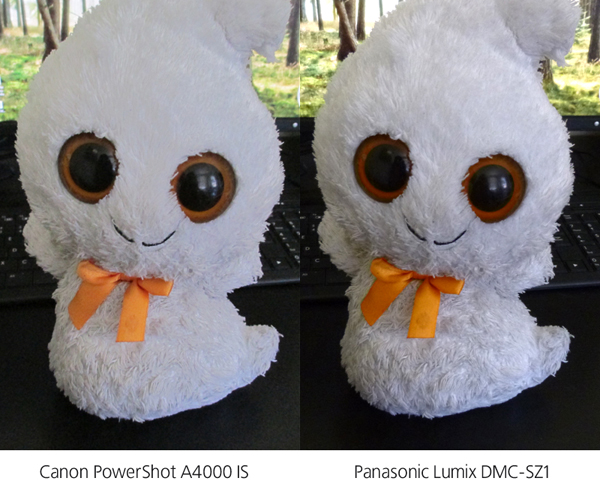
To compare the Canon's general softness in images, take a look at the Canon in our PhotoScope. Compare the Canon with the Panasonic Lumix DMC-SZ1:
In the PhotoScope scene move the magnifying glass over the Wilson tennis ball. On the Canon, the hairs on the tennis ball are barely noticeable because the image has been smoothed over by the camera. In the navy blue and white print fabric just above the tennis ball, detail is sharper and better defined on the SZ1. Next, move the magnifying glass over the top of the Meyers rum bottle, where the light hits the bottle. Here, you'll see the reflection on the bottle looks very smooth and unnatural on the Canon, almost plasticky.
You should also take a moment to compare the A4000 IS to the Apple iPhone 4S. Move the magnifying glass over the edge of the rum bottle, and you'll see that the iPhone 4S produces much darker blacks and better contrast than does the Canon.
Color accuracy was also an issue with the A4000 IS. In some pictures we saw vivid, bright, only slightly warm colors, but in other photos the colors looked dull and washed out.
It's not all bad, though. The Canon did shine in one area: the macro/close up shot. It took the best close-up photo from the shortest distance (just a couple of centimeters) away, and produced great detail on the subject.
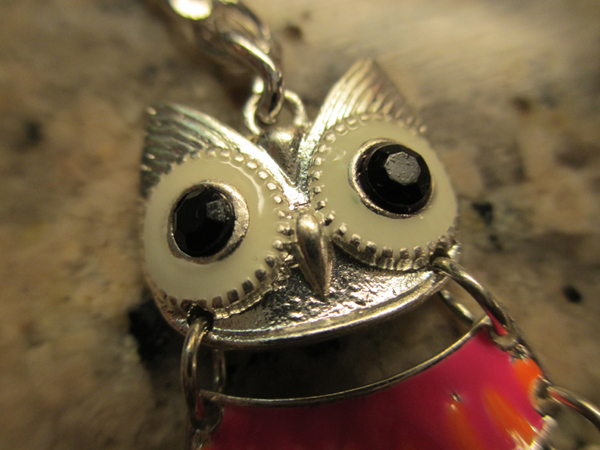
Canon A4000 performs the strongest of the group in macro photography
Features
The A4000 IS has the least number of extra features of the cameras in this shootout. This would be acceptable, were Canon going for Zen-like simplicity with the A4000 IS, but that doesn't seem to be the case.
If you've used a Canon camera before, the menus are very similar. However, if you haven't had the pleasure of using a Canon digital camera prior to the A4000 IS, it can be a little difficult to navigate. There are two main modes to the camera -- Auto mode, which automatically chooses the best settings for your scene, and the other modes. I say "the other modes," because you can switch modes by tapping the Auto button, which is located on the top of the directional pad on the back of the camera. The Auto button toggles you between Auto mode and all of the other modes, which are crammed into one menu.
In the "other modes" menu you'll find your programmable mode, along with preset scenes and the video recording mode. You can also switch to the video recording mode by tapping the record button on the back of the camera, which moves you to video mode and starts recording right away. The Canon doesn't have any particularly notable preset scenes -- it's got tilt-shift, portrait, and Toy Camera mode, to name a few.
The A4000 IS does lack a panoramic mode, though you can shoot in widescreen format (4608 by 2592 pixels).
The A4000 IS captures 720p video at 30 frames per second, which is pretty run-of-the-mill for budget point-and-shoot cameras. Video looks pretty good, though colors are, again, occasionally a little off. The Canon also offers up the ability to shoot in the Apple iFrame format, which gives you smaller-sized video clips that you can easily upload to the web.
The Verdict
The Canon PowerShot A4000 IS is what you might expect in a budget point-and-shoot camera -- it's a little clunky, and it consistently produces okay-but-not-great photos. Color accuracy isn't very good, which means you'll probably need to spend some extra time in a photo editor to get your photos just right. Many of the A4000 IS's "features," such as the funky photo filters and the iFrame movie format, are the same as what you'll find on your smartphone. So if you're looking for a camera that takes mediocre photos and optimizes them for the web, you may just want to use whatever camera has been slapped on your phone -- you'll get similar-quality photos, plus Internet access and $170 in your pocket.
